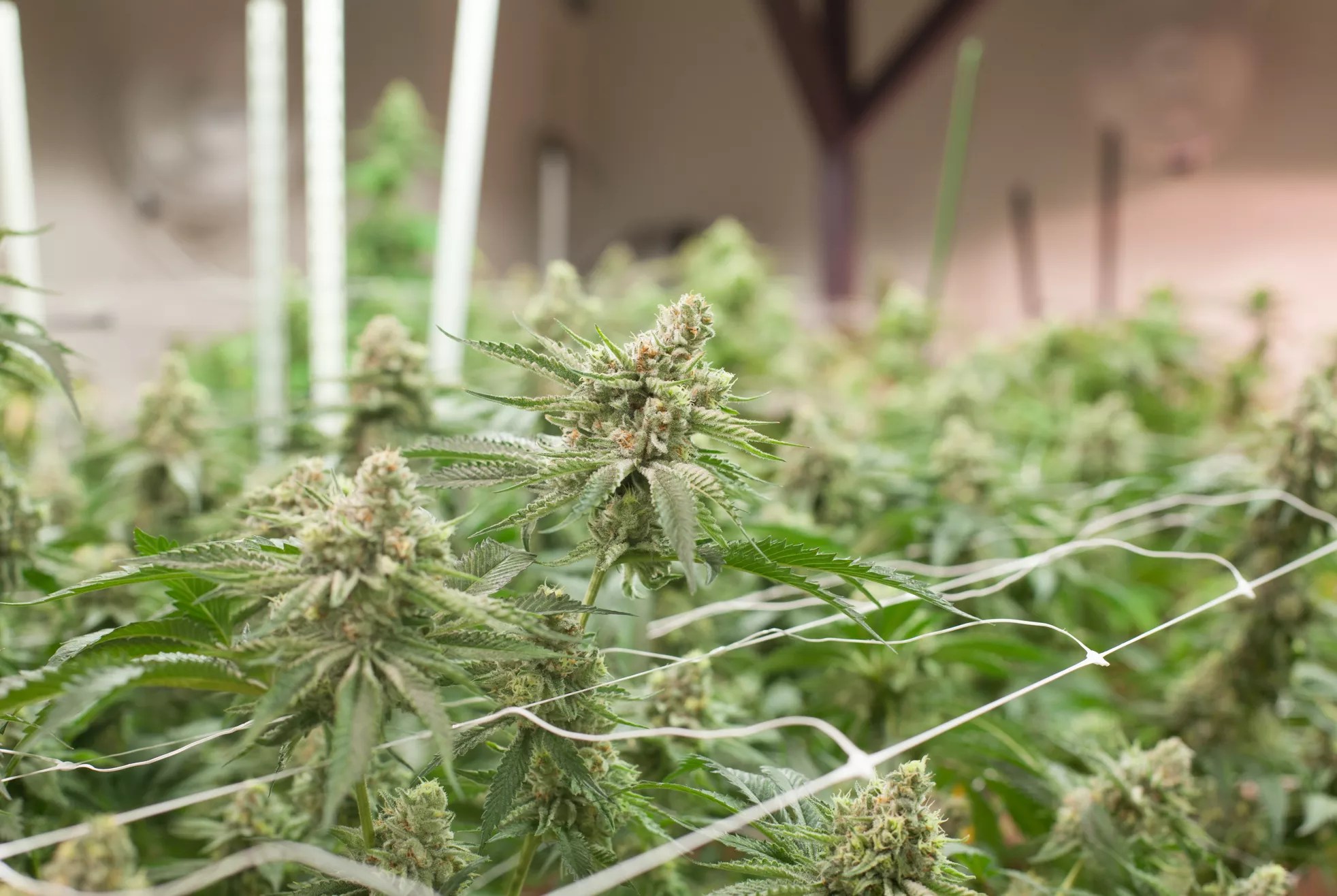
Jacqueline Collins

Audio By Carbonatix
Terpenes – aromatic compounds found in cannabis and other plants – can be crossed off the list of commercial marijuana’s environmental impact factors, according to a study from the Colorado Department of Public Health and Environment.
Given the strong odor that cannabis plants produce, researchers wondered if terpenes had the potential to create more harmful gases when mixed with other environmental factors in urban areas, such as nitrogen oxide. According to study author and CDPHE environmental consultant Kaitlin Urso, terpenes from other plants such as tomatoes turn into volatile organic compounds (VOC) when mixed with certain industrial emissions from car engines and combustion machinery, but her team wasn’t sure if cannabis did the same.
Colorado produced around 2 million pounds of commercial marijuana per year in 2020 and 2021, according to the state Marijuana Enforcement Division, with around 70 percent of it grown in areas designated as high-ozone areas by the CDPHE. Commercial pot production is already notorious for high electricity usage, so the plant’s odor presented another environmental worry for state regulators.
“We were essentially looking at if this was a new source of VOC emission in parts of the state with the most ozone problems. All logic pointed to [cannabis] having potential to contribute toward harmful ozone formation,” Urso says. “Basically, the results we got from the study were a total surprise, and it was the best type of surprise. We couldn’t have asked for a better outcome.”
After poring over a year’s worth of cultivation data from around Colorado and measuring emission output at a handful of growing operations in Denver and the Front Range, where commercial cannabis growing is the most prevalent, the CDPHE concluded that cannabis plants produced a negligible amount of VOCs.
According to the study results, around two to eleven pounds of VOCs are produced by every ton of harvested cannabis. In comparison, the average gallon of paint has around eight pounds of VOCs.
The difference between cannabis and other crops, according to researchers, is a plant cell that is essential in VOC conversions: isoprene. Without isoprene in the picture to fuel more VOC conversion, cannabis terpenes aren’t directly harmful to human health or the environment, says Urso, who shared a sigh of relief with her team upon learning the results.
“The Ph.D.s in the room who have been doing atmospheric research for the bulk of their careers were just as shocked as I was,” she says. “I really had to take a step back and celebrate the results.”
If cannabis produced the amount of VOCs originally feared, cultivations would have likely had to install more carbon filtration systems to block terpenes from reaching the outside air. Without dismissing the impact of odor pollution, Urso believes the study results support less energy usage going forward at indoor cannabis grows, and could impact cannabis-growing regulations in the United States and Canada.
“It takes a lot more power to pull air through a carbon filter than it does through a traditional HVAC vent. Any time we are doing carbon filters for odor control, it decreases energy efficiency at the facility,” she explains. “Our brain seems to think that if a smell is strong, then there must be a lot of something in the air – but cannabis has a very strong smell and a low VOC concentration, which tells me our noses are perfectly tuned to smell marijuana.”
Because of the plant’s federal prohibition, the study, published in June by the Journal of the Air & Waste Management Association, couldn’t receive any federal support and was fully funded by the State of Colorado.